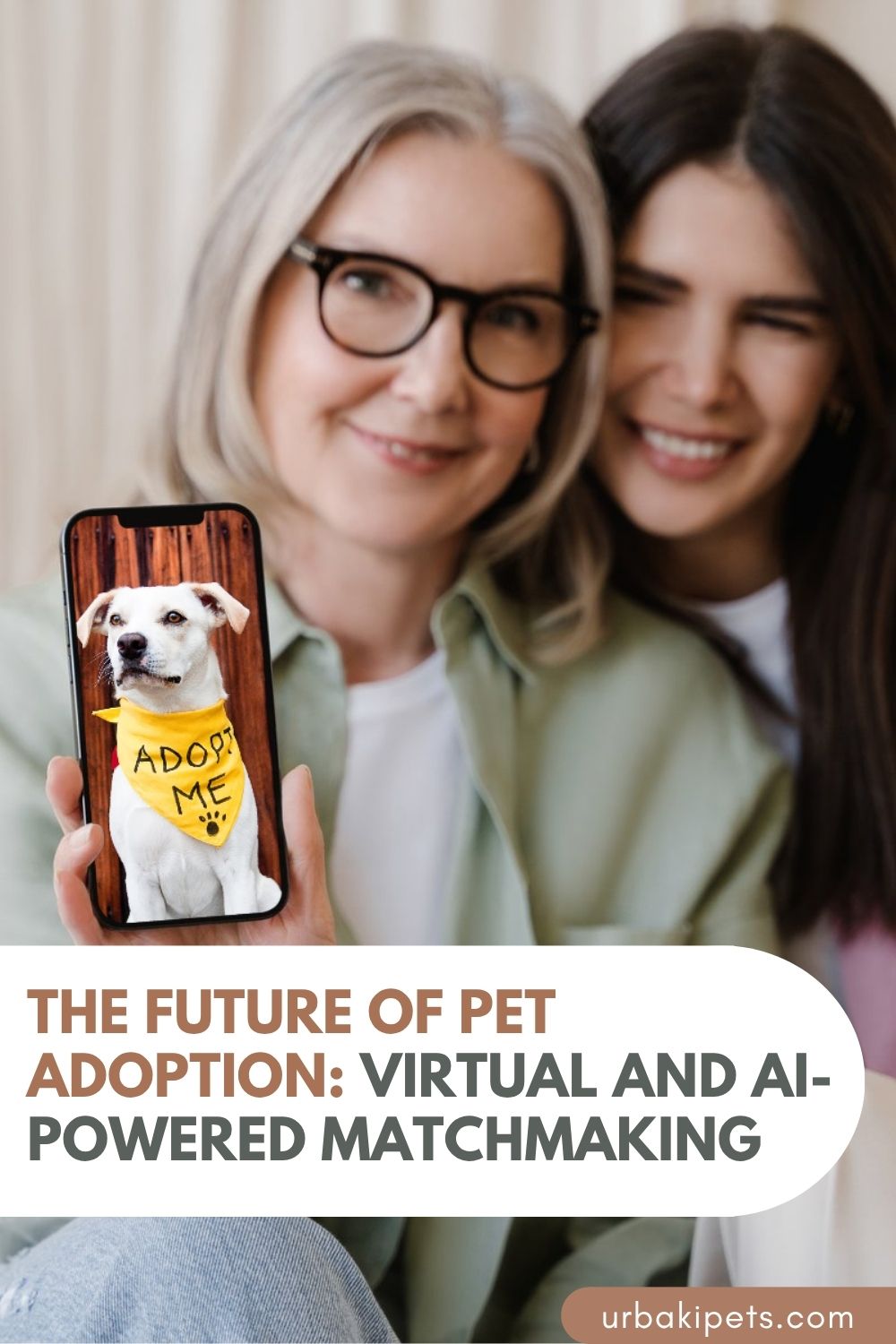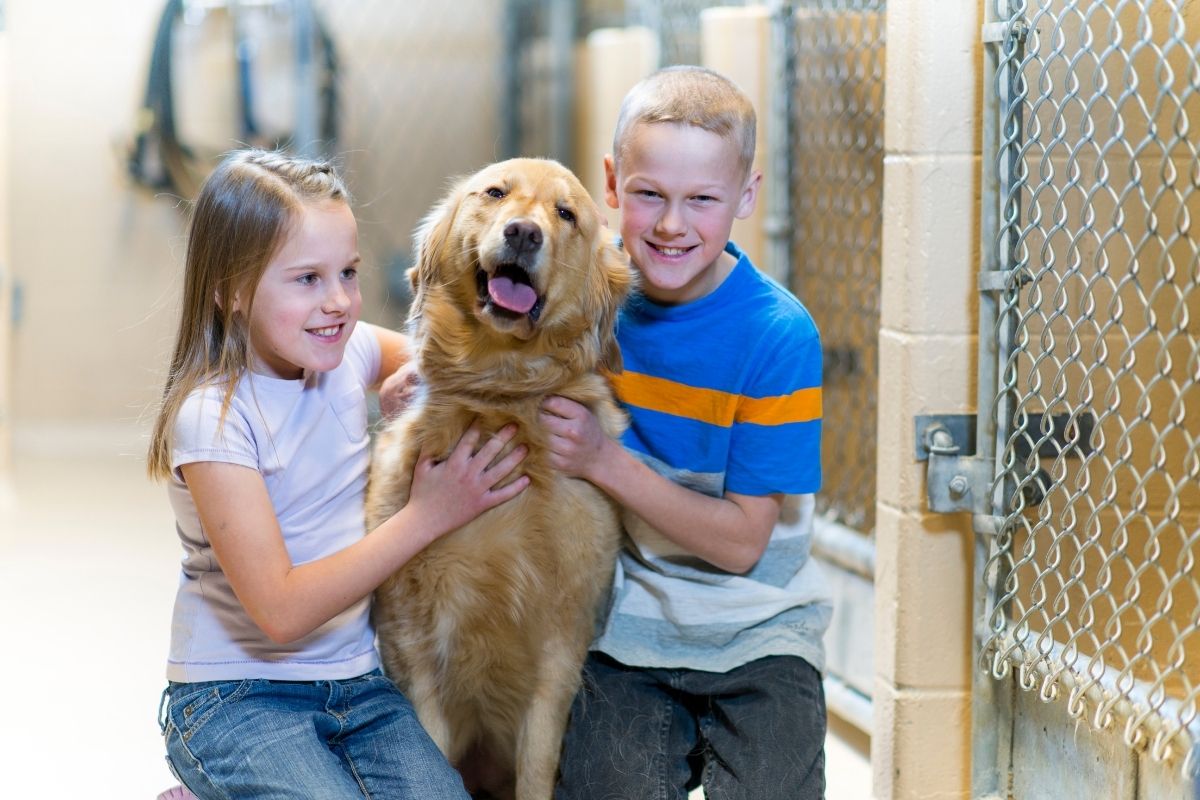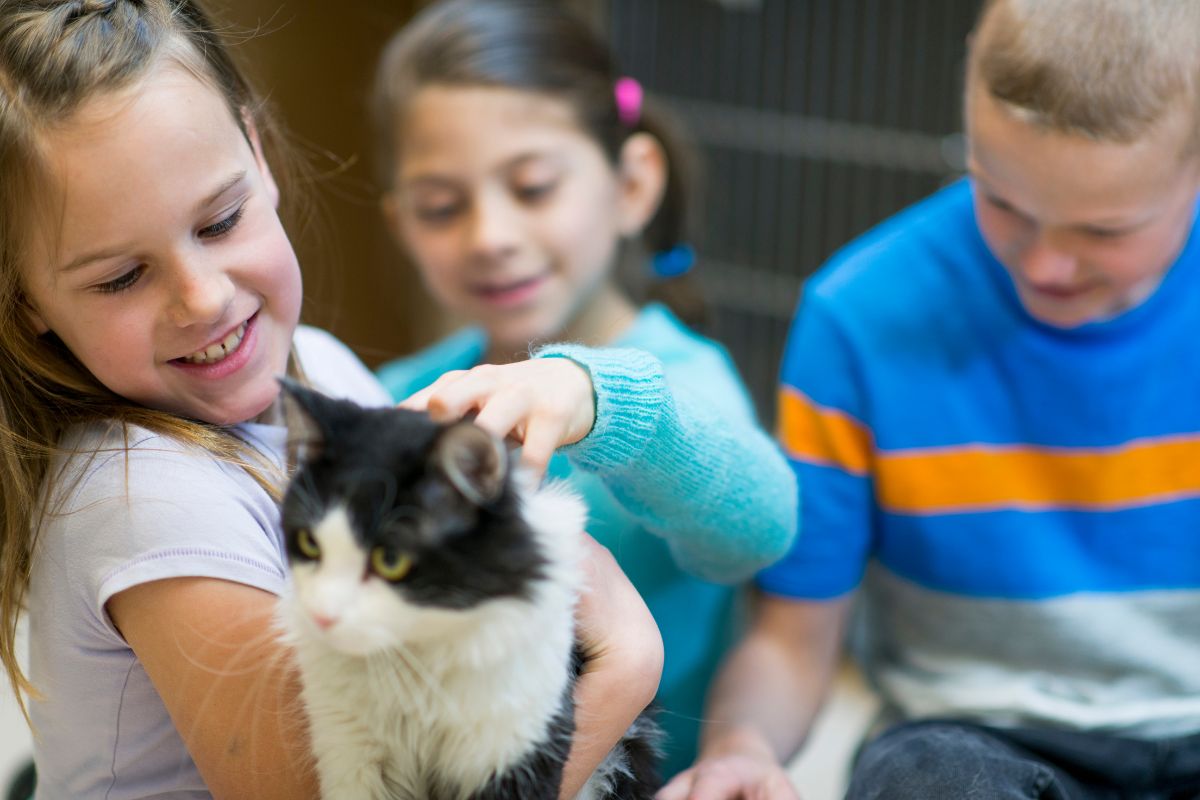The Future of Pet Adoption: Virtual and AI-Powered Matchmaking

The process of adopting a pet has traditionally been a hands-on experience, where potential pet owners visit shelters or browse adoption websites to find their perfect match.
However, with the rise of technology, pet adoption is undergoing a transformation. Virtual and AI-powered matchmaking platforms are emerging as the next frontier in pet adoption, offering innovative ways to connect pets with their forever homes.
These technologies aim to improve the adoption process, making it more efficient, personalized, and accessible for both pets and prospective owners.
In this article, we will explore how virtual reality (VR) and artificial intelligence (AI) are revolutionizing pet adoption, and what the future holds for animal shelters and pet owners alike.
The Evolution of Pet Adoption
Historically, adopting a pet involved physically visiting shelters, meeting animals in person, and making an emotional decision about the right match.
While this process has worked for many years, it also has limitations. Shelters can only house a limited number of animals, and for some people, the process of physically visiting multiple shelters can be time-consuming and overwhelming.
The rise of online pet adoption platforms provided more convenience, but there’s still room for improvement when it comes to matching pets with the right families.
In recent years, technological advancements have introduced virtual platforms and AI matchmaking tools that promise to streamline the adoption process, making it easier for potential adopters to find the pet that best fits their lifestyle and personality.
 The Role of Virtual Reality in Pet Adoption
The Role of Virtual Reality in Pet Adoption
Virtual reality (VR) is best known for its applications in gaming and entertainment, but it is also finding its place in animal welfare and pet adoption.
VR technology can provide an immersive experience that allows potential pet owners to interact with animals in a virtual environment before making a decision.
1. Virtual Shelter Tours
One of the most exciting uses of VR in pet adoption is the ability to take virtual shelter tours.
Using VR headsets, prospective adopters can "walk through" a shelter from the comfort of their homes, viewing the pets available for adoption, and interacting with them in a simulated space.
This experience replicates the feeling of being physically present at the shelter, helping adopters connect with pets in a more meaningful way. They can see how animals behave in the shelter environment and get a sense of their personalities.
Virtual tours also benefit shelters by providing greater visibility for their animals and offering a more accessible option for individuals who may not be able to visit in person due to distance, mobility issues, or time constraints.
2. Interactive Pet Experiences
In addition to shelter tours, VR technology can be used to create interactive experiences with pets. Imagine being able to "play" with a dog or cuddle with a cat in a virtual space, before making the decision to adopt.
This engaging experience allows potential adopters to get a feel for the pet's energy, personality, and behavior without being physically present, helping them make a more informed decision.
This could also extend to other animals, such as birds, rabbits, and even exotic pets, allowing people to explore different options and make decisions based on their preferences.
 AI-Powered Matchmaking: The New Era of Pet Adoption
AI-Powered Matchmaking: The New Era of Pet Adoption
While VR provides a more immersive and engaging experience, artificial intelligence (AI) is playing a crucial role in enhancing the pet adoption process by focusing on matching potential pet owners with the right animal based on compatibility and preferences.
AI-powered algorithms are designed to analyze various factors, such as personality, lifestyle, activity level, and even home environment, to make precise pet recommendations.
1. Personalized Pet Profiles
AI systems are able to create detailed profiles for both pets and potential adopters. For example, a pet profile might include details such as the pet’s breed, age, temperament, medical history, and behavior traits.
Meanwhile, an adopter’s profile might contain information about their living situation, work schedule, activity level, and preferences for pet care. By comparing these profiles, AI can suggest pets that are most likely to be a good fit for the adopter's lifestyle.
This AI-driven approach helps to eliminate the guesswork in pet adoption and reduces the likelihood of mis-matched placements, where pets might not thrive in their new homes.
It also helps avoid the return of pets to shelters, which can be emotionally taxing for both the animals and the families.
2. Behavioral Analysis and Pet Fit
One of the most exciting applications of AI in pet adoption is its ability to analyze behavioral traits. AI can track and analyze patterns in pet behavior, including how they interact with people, other animals, and their environment.
For example, AI systems can process data from video footage of pets in shelters to assess how they react to specific situations.
By comparing these behaviors with data from potential adopters, AI can predict how a pet will fit into the adopter's home.
For example, a high-energy dog might be recommended to an adopter who enjoys outdoor activities, while a more laid-back pet could be suggested to someone who prefers a quieter home environment.
 3. Matching for Special Needs Pets
3. Matching for Special Needs Pets
AI also plays an important role in matching pets with special needs with suitable adopters. Some pets may require extra care, medical attention, or behavioral training, and these needs can be difficult to assess through traditional methods.
With AI, shelters can identify adopters who are well-equipped to care for pets with special requirements, ensuring that these animals receive the appropriate care and attention they need.
Benefits of Virtual and AI-Powered Adoption Systems
The use of virtual and AI-powered systems for pet adoption offers several significant benefits for both potential pet owners and animal shelters:
1. Increased Accessibility
Virtual adoption platforms remove barriers such as geographical distance or physical limitations, allowing a broader audience to consider pet adoption.
People from all over the world can browse available pets, reducing the geographic constraints that may have previously limited adoption options.
 2. Better Matches and Reduced Return Rates
2. Better Matches and Reduced Return Rates
AI-driven matchmaking systems can help ensure that pets are matched with families who are well-suited for them, leading to more successful adoptions.
This reduces the risk of pets being returned to shelters due to poor compatibility, a problem that has long been a challenge in the pet adoption community.
3. Time-Saving for Shelters
By using AI and virtual reality for pre-adoption engagement, shelters can save time by focusing their efforts on families who are genuinely interested in the pets.
AI systems can filter out individuals who may not be a good match, allowing shelter staff to prioritize their resources more effectively.
4. Better Pet Welfare
Ultimately, virtual and AI-powered systems aim to improve the welfare of pets. By ensuring better matches between pets and adopters, these technologies help ensure that animals are placed in homes where they will be happy, healthy, and well cared for.
 Embracing the Future of Pet Adoption with Technology
Embracing the Future of Pet Adoption with Technology
As technology continues to evolve, the future of pet adoption is becoming more innovative, accessible, and efficient.
Virtual reality and AI-powered matchmaking offer exciting new possibilities for improving the adoption process, ensuring that pets find their perfect homes and that potential owners can make informed, thoughtful decisions.
The use of these technologies not only benefits pets and adopters but also helps shelters optimize their resources and improve overall adoption success.
As we embrace these advancements, the future of pet adoption looks brighter, more inclusive, and more personalized than ever before.
Did you find this post useful or inspiring? Save THIS PIN to your PETS Board on Pinterest!


 The Role of Virtual Reality in Pet Adoption
The Role of Virtual Reality in Pet Adoption AI-Powered Matchmaking: The New Era of Pet Adoption
AI-Powered Matchmaking: The New Era of Pet Adoption 3. Matching for Special Needs Pets
3. Matching for Special Needs Pets 2. Better Matches and Reduced Return Rates
2. Better Matches and Reduced Return Rates Embracing the Future of Pet Adoption with Technology
Embracing the Future of Pet Adoption with Technology
You may also like